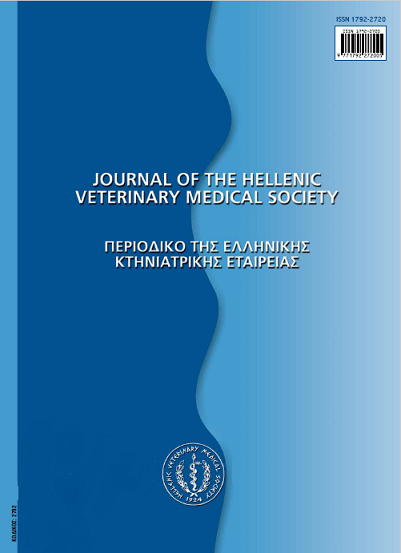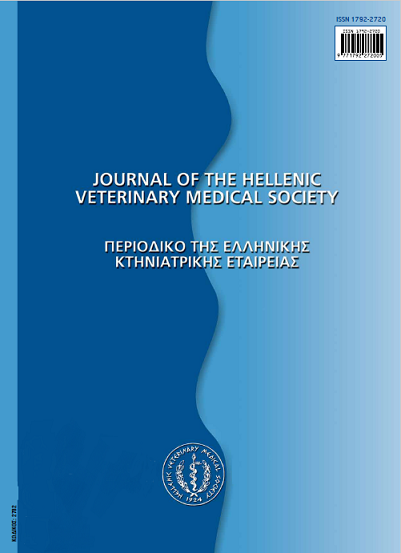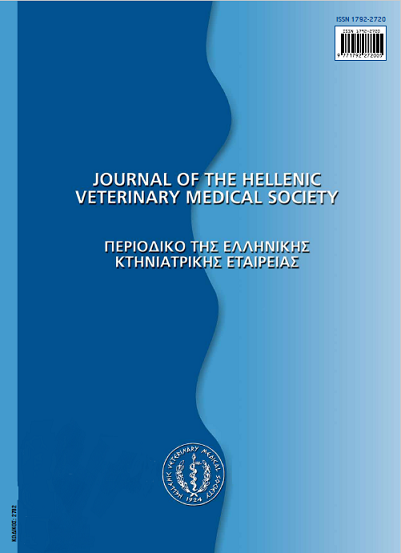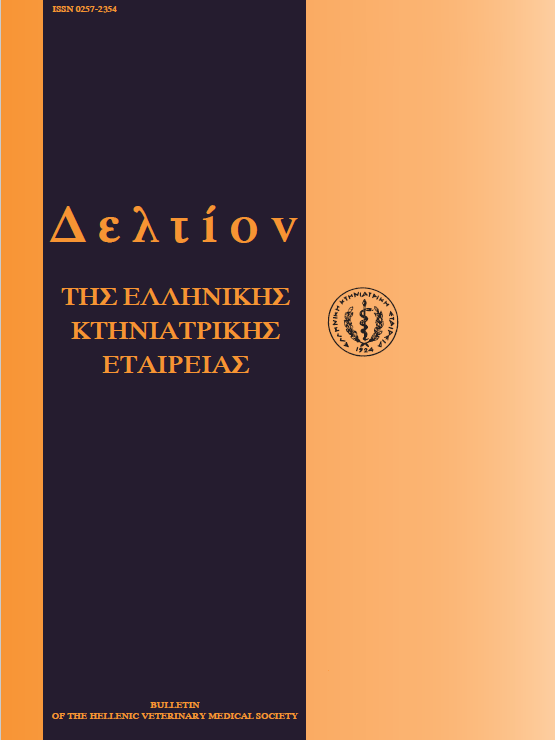Estimation of seasonality and prevalence of the isopod parasite Ceratothoa oestroides, Risso, 1836, in Greece
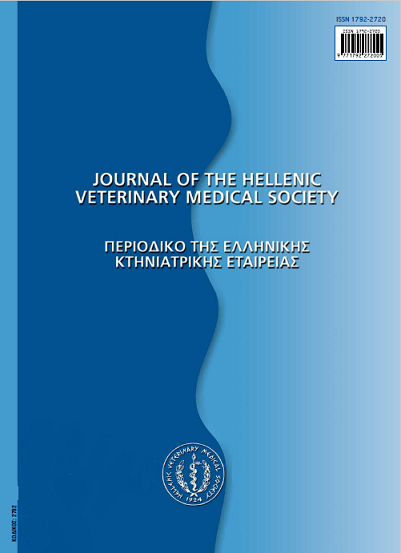
Abstract
The aim of the present study was the investigation of the seasonality of isopod parasite Ceratothoa oestroides (Risso, 1836), in two different farms, in the region of Chios and in the region of Astakos. In each area, in total 80 sea bass and 80 gilthead sea breams in each sampling were examined. One seasonal sampling in each farm for the two species was taken and four samplings were performed in a year for the two species. The samples were collected by the same cages and their medium weights as well as themedium temperatures per stockfarming were recorded. In gilthead sea bream the isopod parasite Ceratothoa oestroides was found only in the region of Astakos at a prevalence of 31,2%, which presented a maximum value during the summer months. In sea bass the parasite was found in the two regions (prevalence 33,75% and 55,25%, respectively). It was observed that the rate of pollution in Astakos was higher in spring, whereas in Chios the prevalence was higher in summer. Finally, the young individuals of stage of puliiII parasitise were what caused serious alterations and finally the death of mainly young fishes of gilthead sea bream (Spams aurata)and bassfish (Dicentrarchus labrax). The adults hosts appearred that they were not influenced particularly by the presence of parasitises.
Article Details
- How to Cite
-
VAGIANOU (ΣΤ. ΒΑΓΙΑΝΟΥ) S., BITCHAVA (Κ. ΜΠΙΤΧΑΒΑ) C., YAGNISI (Μ. ΓΙΑΓΝΙΣΗ) M., & ATHANASSOPOULOU (Φ. ΑΘΑΝΑΣΟΠΟΥΛΟΥ) F. (2017). Estimation of seasonality and prevalence of the isopod parasite Ceratothoa oestroides, Risso, 1836, in Greece. Journal of the Hellenic Veterinary Medical Society, 60(1), 14–25. https://doi.org/10.12681/jhvms.14911
- Issue
- Vol. 60 No. 1 (2009)
- Section
- Research Articles
Authors who publish with this journal agree to the following terms:
· Authors retain copyright and grant the journal right of first publication with the work simultaneously licensed under a Creative Commons Attribution Non-Commercial License that allows others to share the work with an acknowledgement of the work's authorship and initial publication in this journal.
· Authors are able to enter into separate, additional contractual arrangements for the non-exclusive distribution of the journal's published version of the work (e.g. post it to an institutional repository or publish it in a book), with an acknowledgement of its initial publication in this journal.
· Authors are permitted and encouraged to post their work online (preferably in institutional repositories or on their website) prior to and during the submission process, as it can lead to productive exchanges, as well as earlier and greater citation of published work.



